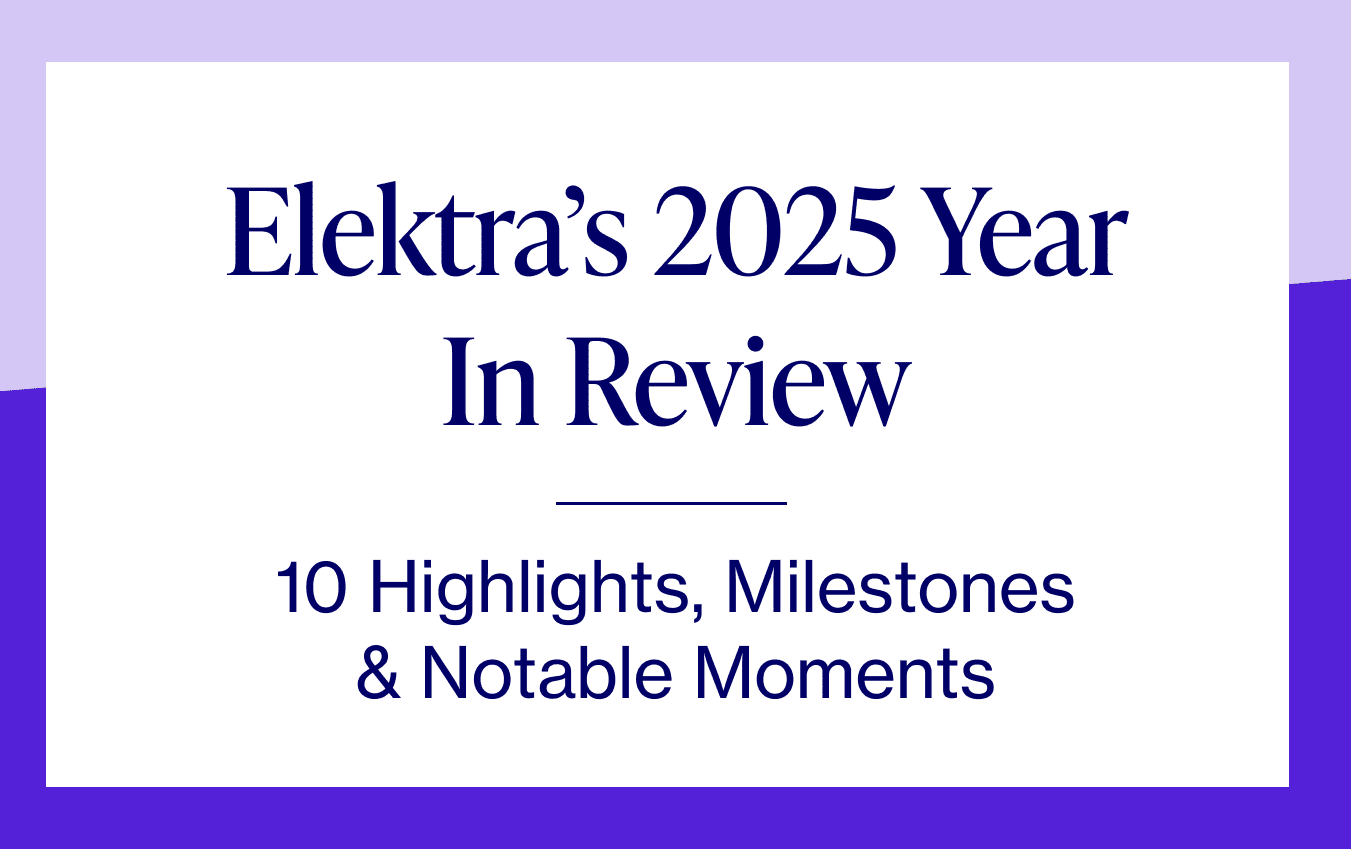
Published on Jan 15, 2024
Last modified on Dec 22, 2025
Should More Women Be Taking Magnesium Supplements For Menopause?
4 min read
The world of women’s health is rife with recommendations on what to do, eat, drink (and what to avoid). There’s confusing — and often conflicting — advice on nutrition, weight, supplements…you name it.
When it comes to supplements, we’re of the (evidence-backed) belief that its effect will depend on what the supplement is, why it’s being used, how much of it is taken, and who is taking it.
Today, we’re breaking down the science behind a supplement we get asked about a lot: magnesium. Here’s what you need to know:
What is magnesium?
Magnesium is an important mineral found on earth and in the human body that plays a role in over 300 biochemical reactions.
It’s found naturally in food sources such as:
- 🥬 Leafy greens: spinach, kale, collard greens, mustard greens
- 🐟 Fatty fish: salmon, mackerel
- 🌰 Nuts (cashews, Brazil nuts, almonds) & seeds (flax, chia, pumpkin)
- 🫘 Legumes: lentils, chickpeas, beans (especially black beans), peas, soybeans, peanuts
- 🌾 Whole grains: rice, oatmeal, whole grain bread
Despite the diversity of magnesium-rich foods, many Americans don’t get enough magnesium through dietary sources alone. That’s where supplementation can help.
What are the benefits of magnesium?
Magnesium is used for several menopause symptoms, including sleep, fatigue, stress/anxiety, headaches, heart health, and bone health.
The role of magnesium for bone health
The most important risk factor for bone loss is menopause. Why? Estrogen plays a protective role, so when levels decrease, so too does bone density.
With 60% of magnesium stored in our bones, this element plays a critical role in preventing osteoporosis.
An ideal balance is two parts calcium to one part magnesium. So if, for example, your multivitamin has 1,000 mg of calcium it should have 500 mg of magnesium.
Bonus points for the fact that magnesium also helps with the activation of Vitamin D, which in turn helps facilitate calcium absorption.
READ MORE:
- Elektra’s Full Guide To Osteoporosis
- Is There A Test For Bone Mineral Density? Should We Be Getting It?
The role of magnesium for sleep
Getting high-quality shut-eye during the menopause transition becomes increasingly difficult for a whole slew of reasons:
- Decreased progesterone which, in early perimenopause, drops even faster than estrogen does and can lead to worsening sleep quality
- Decreased melatonin, a natural hormone that helps regulate our sleep-wake cycle, aka circadian rhythm
- Increased cortisol, a key stress hormone, paired with decreased serotonin, the “happy hormone” that helps stabilize our mood
- Hot flashes and night sweats
- Anxiety and depression
While there isn’t home run evidence on the link between magnesium and sleep, it may help (“may” being the key word). In a 2021 meta-analysis of oral magnesium supplements for insomnia in older adults, researchers found that “sleep onset latency time” (aka the amount of time it takes to fall asleep) was 17.36 minutes less after magnesium supplementation compared to the placebo group, with a total increased sleep time of 16.06 minutes.
READ MORE: Elektra’s Full Guide To Sleep Problems During Menopause
The role of magnesium for headaches/migraines
By the onset of menopause, roughly 40% of women will have experienced migraines (they’re FAR more pronounced during perimenopause). And while fluctuating hormone levels contributing to this common symptom are unfortunately out of our control, there ARE things we can do: lifestyle changes, hormonal and non-hormonal treatments, and supplements.
In a 12-week study, researchers found that those who took a 600 mg magnesium supplement daily experienced 42% fewer migraines (compared to 16% fewer among the placebo group).
READ MORE: Elektra’s Full Guide To Headaches During Menopause
The role of magnesium for heart health
Heart disease is the number one killer of women, and we tend to develop it later than men because of the protective role that estrogen plays during our reproductive years. When estrogen levels fluctuate and eventually decline, we lose much of that protection. During this time, we may ALSO be dealing with other heart health risk factors like increased blood pressure, body mass index (BMI), and body fat distribution.
We know there’s a link between magnesium and the heart. For one, magnesium helps control the heart’s muscle contractions, which you can think of as the pumping function that generates a heartbeat. Research also shows that low levels of magnesium are associated with poor heart health (as measured by something called “inflammatory markers”).
READ MORE:
- Elektra’s Full Guide To Heart Palpitations During Menopause
- A Guide To Heart Health Screenings During Menopause
Forms of magnesium
There are many forms and types of magnesium, and it’s important to work with your healthcare provider to ensure you’re taking the right one based on your symptoms of menopause and overall health history. Here’s a quick primer on the most common:
Magnesium L-threonate
- Used for: brain health, brain fog
- Highly bioavailable
Magnesium malate
- Used for: energy/fatigue
- High absorbability
Magnesium oxide
- Used for: headaches and constipation
- Less bioavailable than magnesium citrate or magnesium glycinate
Magnesium citrate
- Used for: constipation, osteoporosis, anxiety, metabolic syndrome (i.e. high blood pressure/hypertension, high blood sugar)
- More bioavailable than magnesium oxide and commonly found in dietary supplements
Magnesium glycinate
- Used for: symptoms of depression and sleep
- Highly bioavailable and less likely to cause gastrointestinal side effects
Magnesium sulfate
- Used for: constipation
- Less bioavailable than citrate/glycinate and more likely to cause gastrointestinal side effects
Magnesium acetyl taurate
- Used for: anxiety
- High absorbability
How much magnesium should I take?
The amount of supplemental magnesium to take depends on several factors such as the symptom(s) you’re looking to address and whether or not you are getting enough from your diet. So it’s important to work with your provider to land on an appropriate dosage (that goes for all supplements!).
That said, the Recommended Dietary Allowance (or RDA) for magnesium intake among women 31-50+ is 320 mg.
When evaluating supplements, look for “elemental magnesium” on the nutrition label to know how much you’re getting. And remember, most containers list the weight of the supplement (such as 1,000 mg), which includes all ingredients.
Any side effects of magnesium I should be aware of?
The most common side effect is upset stomach, which can be prevented by taking magnesium glycinate.
How to choose a high-quality magnesium supplement
The supplement aisle at any health food store or pharmacy is overwhelming, to say the least.
How do I choose between all the different brands? Are all supplements made equal? Should I just pick the least expensive one? HELP!
Our Founding Physician, Dr. Anna Barbieri, recommends keep an eye out for six key things:
- Clearly-defined ingredient list (including amounts)
🚩 Red flag: when a label says “proprietary blend” - General statement of use/purpose
🚩 Red flag: claim that a supplement can “cure” something (legally, supplement makers cannot do this) - Expiration dates
- Specific instructions on administration
- Manufacturer name and address
🚩 Red flag: supplements that are white labeled and perhaps not made with the best process or in reputable labs - Third-party certification from NSF International, U.S. Pharmacopeia (USP), or UL.
READ MORE: Elektra Guide To Supplements For Menopause



